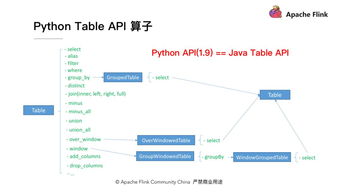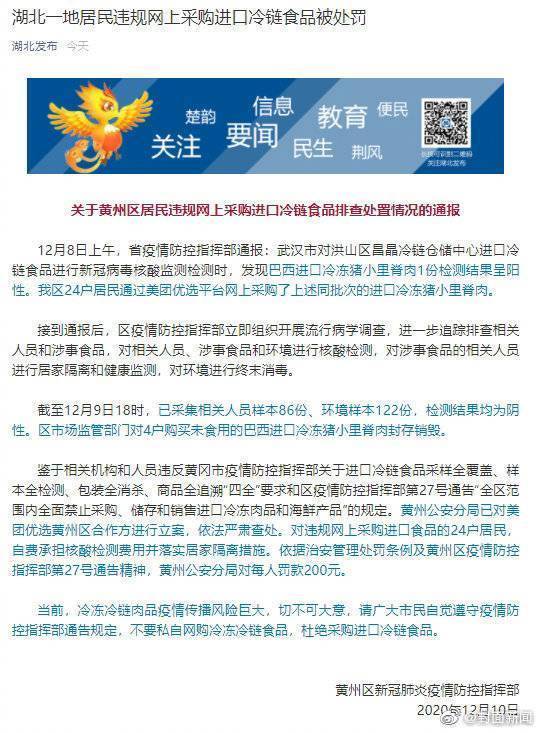使用python在scattermapbox中的点周围绘制一个多边形多边形、python、scattermapbox
I am using plotlys scattermapbox to plot points on a map. I'd like to draw the polygon that cover 'x' mile radius from a POI.
dcc.Graph(id="map-graph"),
@application.callback([
Output("map-graph", "figure"),
],
[
Input("address", "value"),
Input("type", "value")
]
)
def update_graph(address, type):
for i, row in df.iterrows():
lat = row["Lat"]
lng = row["Long"]
data.append({
"type": "scattermapbox",
"lat": [lat],
"lon": [lng],
"name": "Location",
"showlegend": False,
"hoverinfo": "text",
"mode": "markers",
"marker": {
"symbol": "circle",
"size": 8,
"opacity": 0.8,
"color": "black"
}
}
)
# Plot POI
POI_Lat = 37.785908
POI_Long = -122.400803
data.append({
"type": "scattermapbox",
"lat": [POI_Lat],
"lon": [POI_Long],
"marker": {
"symbol": "circle,
"size": 28,
"opacity": 0.7,
"color": "rgb(128, 128, 128)"
}
}
)
df is a pandas dataframe that includes coordinates for locations within x miles of POI. How do I update the map-graph to draw a polygon that covers all the points?

Adding a layer to layout dictionary:
gdf = circles(Lat, Long, radius=1609.34)
print(gdf['geometry'][0])
POLYGON ((385272.0167249573 3768678.19769511, 385264.2673129799 3768520.454790493,.......))
layout = {
"autosize": True,
"hovermode": "closest",
"mapbox": {
"accesstoken": MAPBOX_KEY,
"bearing": 0,
"center": {
"lat": layout_lat,
"lon": layout_lon
},
"layers": [
{
"source": json.loads(gdf.geometry.to_json()),
"below": "traces",
"type": "line",
"color": "purple",
"line": {"width": 1.5},
}
],
"pitch": 0,
"zoom": zoom,
"style": "outdoors",
},
"margin": {
"r": 0,
"t": 0,
"l": 0,
"b": 0,
"pad": 0
}
}
解决方案
based on answer to this duplicate question Obtain coordinates of a Polygon / Multi-polygon around a point in python
no sample data provided in question, so I've used UK hospital data
have created a helper function poi_poly(). NB radius is in meters as per UTM geometry
UTM geometry is used to create a polygon of specified radius
markers are then intersected with this polygon. Then get the convex hull
have provided option to return radius polygon as well, in example below I've returned this to demonstrate that the convex hull polygon is within the radius of the POI
import shapely.geometry
import pandas as pd
import geopandas as gpd
import requests, io, json
import plotly.express as px
import random
def poi_poly(
df,
radius=10 ** 5,
poi={"Longitude": 0.06665166467428207, "Latitude": 51.19034957885742},
lon_col="Longitude",
lat_col="Latitude",
include_radius_poly=False,
):
# generate a geopandas data frame of the POI
gdfpoi = gpd.GeoDataFrame(
geometry=[shapely.geometry.Point(poi["Longitude"], poi["Latitude"])],
crs="EPSG:4326",
)
# extend point to radius defined (a polygon). Use UTM so that distances work, then back to WSG84
gdfpoi = (
gdfpoi.to_crs(gdfpoi.estimate_utm_crs())
.geometry.buffer(radius)
.to_crs("EPSG:4326")
)
# create a geopandas data frame of all the points / markers
if not df is None:
gdf = gpd.GeoDataFrame(
geometry=df.loc[:, ["Longitude", "Latitude"]]
.dropna()
.apply(
lambda r: shapely.geometry.Point(r["Longitude"], r["Latitude"]), axis=1
)
.values,
crs="EPSG:4326",
)
else:
gdf = gpd.GeoDataFrame(geometry=gdfpoi)
# create a polygon around the edges of the markers that are within POI polygon
return pd.concat(
[
gpd.GeoDataFrame(
geometry=[
gpd.sjoin(
gdf, gpd.GeoDataFrame(geometry=gdfpoi), how="inner"
).unary_union.convex_hull
]
),
gpd.GeoDataFrame(geometry=gdfpoi if include_radius_poly else None),
]
)
# get some public addressess - hospitals. data that can be scattered
dfhos = pd.read_csv(
io.StringIO(
requests.get("http://media.nhschoices.nhs.uk/data/foi/Hospital.csv").text
),
sep="¬",
engine="python",
)
# generate polygon of markers within 5 mile radius of Point of Interest
poi = dfhos.loc[random.randint(0, len(dfhos) - 1), ["Longitude", "Latitude"]].to_dict()
gdf = poi_poly(dfhos, poi=poi, radius=1609.34 * 5, include_radius_poly=True)
fig = (
px.scatter_mapbox(
dfhos,
lat="Latitude",
lon="Longitude",
color="Sector",
hover_data=["OrganisationName", "Postcode"],
)
.update_traces(marker={"size": 10})
.update_layout(
mapbox={
"style": "open-street-map",
"zoom": 9,
"center": {"lat": poi["Latitude"], "lon": poi["Longitude"]},
"layers": [
{
"source": json.loads(gdf.geometry.to_json()),
"below": "traces",
"type": "line",
"color": "purple",
"line": {"width": 1.5},
}
],
},
margin={"l": 0, "r": 0, "t": 0, "b": 0},
)
)
fig.show()
draw just a circle polygon
poi_poly() has been updated. DataFrame is no longer mandatory for finding markers within POI
simple example of creating a circle (actually a polygon) centred on a single set of GPS co-ordinates
import plotly.graph_objects as go
poi = {"Latitude": 37.785908, "Longitude": -122.400803}
go.Figure(go.Scattermapbox()).update_layout(
mapbox={
"style": "open-street-map",
"zoom": 9,
"center": {"lat": poi["Latitude"], "lon": poi["Longitude"]},
"layers": [
{
"source": json.loads(poi_poly(None, poi=poi, radius=1609).to_json()),
"below": "traces",
"type": "line",
"color": "purple",
"line": {"width": 1.5},
}
],
},
margin={"l": 0, "r": 0, "t": 0, "b": 0},
)











